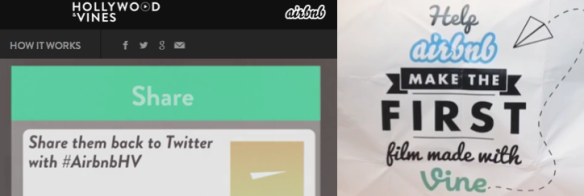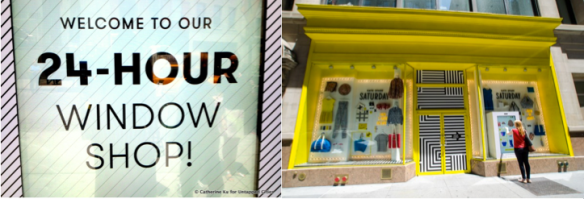McDonald’s has launched an NFC (Near Field Communication) effort in Singapore that turns dining tables into interactive racing tracks. NFC stickers have been placed underneath tables across the restaurant. After downloading the McParty Run App, diners can hold their NFC-equipped Android smartphones over the tables to play an interactive racing game.
NFC sticker tags under the tables act like sections of a slot-car racetrack. When kids hover their smartphones over the tables, the tables magically turn into McDonaldLand and their phones become go-karts.
Junior diners can zip around tables to collect burgers, harvest apple pies and fight bad guys like Hamburglar and Captain Crook. “All to help Ronald organise a party for the folks of McDonaldLand.”
So far, the “Happy Table” initiative is currently running in just one location as a pilot, but we can expect to see many more such initiatives.
NFC
Near Field Communication is a short-range high frequency wireless communication technology that enables the exchange of data between devices over about a 10 cm distance. Communication can be between enabled phone handsets or unpowered NFC chips, called “tags”.
VIRTUAL TO ACTUAL
With the growth of always-on ubiquitous internet access, and digitization – our actual and virtual lives are blending in to one.





















































